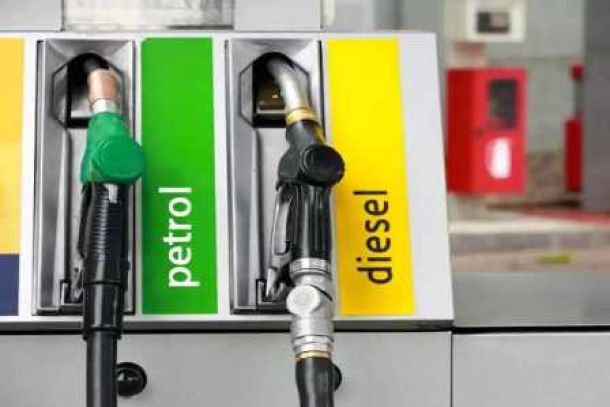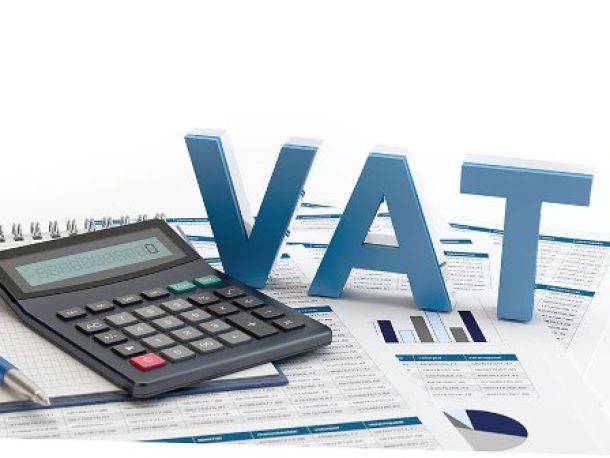No more steep tariff hikes for Eskom
The electricity regulator has delivered a strong signal to Eskom that it is not open to steep tariff increases in future and that the power utility must look at shutting inefficient power stations and cutting its head count and capital spending to tailor its cost base to lower sales volumes.
The National Energy Regulator of SA (Nersa), which in mid-December granted Eskom a 5.2% tariff increase for 2018-19 instead of the 19.9% Eskom had applied for, has published the reasons for its decision on the tariffs on its website, painting a picture of inefficiency, inaccurate forecasting and cost overruns at Eskom.
Eskom’s most recent five-year multiyear price determination from Nersa (MYPD3) expires on March 31 and the power utility was supposed to submit an application for a further five-year determination, but in 2016 asked Nersa for a one-year interim tariff increase, ahead of the five-year application, which must be submitted later in 2018.
Eskom has also put in regulatory clearing account applications totalling R60bn to cover it for lower-than-expected sales and higher-than-expected costs during the middle three years of the MYPD3 period, which, if Nersa granted them, would mean extra revenue in coming years. But Nersa’s stern response to the one-year application suggests it will be less than forgiving of the regulatory clearing account applications.
Eskom’s tariff troubles contributed to the liquidity crisis it faced when investors and bankers withdrew from lending to the utility after its auditors qualified its 2016-17 financial statements last July.
The installation of a credible new board and acting CEO in February helped to reassure lenders, with Eskom announcing on February 28 that it had raised R20bn in short-term credit from a syndicate of seven local and international banks.
Analysts have cautioned that Eskom will need a thorough restructuring of its business model if it is to be sustainable.
In its reasons for its decision, Nersa warns of a "utility death spiral", saying Eskom’s continued increase in tariffs has caused lower electricity consumption, leading to a vicious cycle in which the utility has been trying to recover the same costs from a shrinking customer base, prompting further demands for tariff increases.
"In order to break the vicious cycle, Eskom needs to reduce its costs (including its fixed-cost base) … while growing its sales," Nersa stated.
It pointed to a consistent trend of Eskom overestimating its sales volumes and made it clear that with an conservatively estimated 4,000MW of surplus generating capacity in 2018, Eskom must look at shutting down its most expensive coal-fired station, Arnot.
Eskom has already stopped making use of some units at Hendrina, another of its old power stations.
In its tariff determination, Nersa slashed R20bn off the amount that Eskom had requested for primary energy costs, including R10bn off its coal costs, with benchmarks for coal pricing indicating that the increase in Eskom’s coal costs during the MYPD3 period had been too high. Eskom had also included in its application the costs of renewable energy producers with whom it has not yet signed power purchasing agreements.
Nersa cut R11bn off the revenue that Eskom had applied for to cover its operating costs, reducing the sums allowed for staff and maintenance costs as well as for corporate overheads. Nersa said its own bench-marking study had found that Eskom had more than 6,000 excess employees, at an extra cost of R3.8bn.
It noted that Eskom had overspent an average 44% on incentive bonuses over the MYPD3 period, relative to what Nersa had allowed, despite declining sales and low profits.
"In reaching its decision, Nersa considered Eskom’s unwillingness to implement stringent measures to contain its costs," the regulator said.
"In the light of this, Nersa has adjusted expenditure taking this into consideration."
The regulator also took a close look at the cost overruns in Eskom’s new build programme and disallowed the entire R72bn of historical cost overruns incurred during the MYPD3 period, based on international cost benchmarks.
"These costs were tested for efficiency and prudency and it was concluded that they were inefficiently incurred," said Nersa, though it would allow Eskom to try to prove to it that the overruns were prudent.
Nersa had calculated that the 19.9% tariff increase that Eskom had asked for would have added 1.5 percentage points to consumer price inflation and would have reduced the economic growth rate by 0.35 percentage points.
News Category
- International retailers
- On the move
- Awards and achievements
- Legislation
- Wine and liquor
- Africa
- Going green
- Supplier news
- Research tools
- Retailer trading results
- Supply chain
- Innovation and technology
- Economic factors
- Crime and security
- Store Openings
- Marketing and Promotions
- Social Responsibility
- Brand Press Office
Related Articles

Empowering South African households through gro...

SPAR shares practical tips to beat food inflation

South African motorists could be paying up to R...

Big VAT changes on the cards


